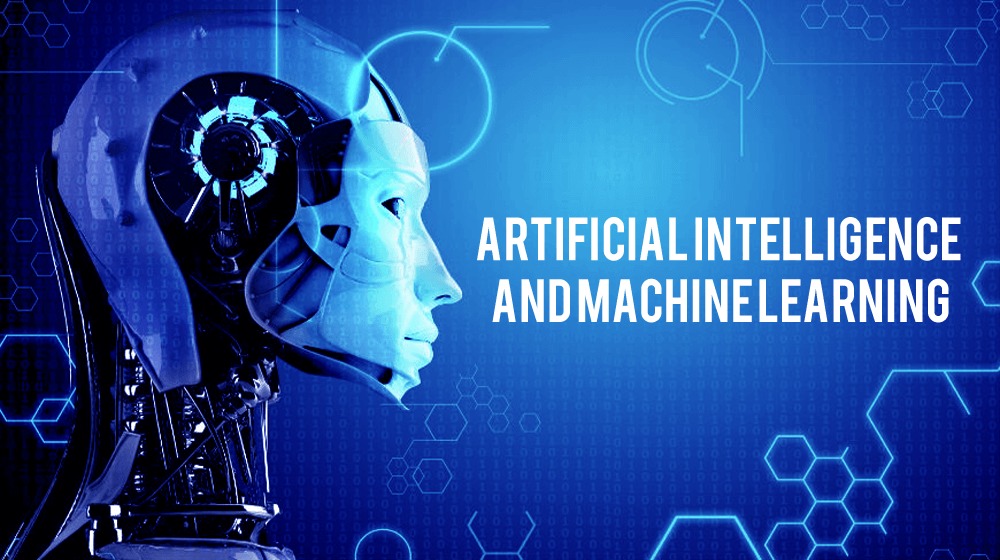Course Details
Home - Course Details
AI & ML Course Content
Description
40 Hours Live and Intensive Training
Module -1
Introduction to AI/ML and Its Relevance to Networking
Overview of AI and ML
- Definition and key concepts
- History and evolution of AI and ML
- Differences between AI, ML, and Deep Learning
AI and ML in the Networking Domain
- Importance of AI and ML in modern networks
- Use cases: Traffic prediction, anomaly detection, network optimization
Basic Concepts of Networking
- Review of essential networking concepts relevant to AI/ML
- The relationship between network data and machine learning
Module -2
Python for AI/ML and Networking
Introduction to Python
- Overview of Python and its use in AI/ML
- Data types, variables, and operators
- Control structures (loops, conditions, functions)
- Working with files and handling exceptions
- Python libraries for data science: NumPy, Pandas, Matplotlib
- Python libraries for network automation: Netmiko, Ncclient, Requests
Working with Network Data
- Parsing and analyzing network logs
- Basic data manipulation techniques with Pandas
Module -3
Data Handling and Processing
Understanding Network Data Formats
- JSON, XML, and YAML in network automation
- Syslogs, SNMP data, and NetFlow records
Working with Data in Python
- Using Pandas for data manipulation and cleaning
- Parsing JSON and XML configurations
- Storing network data in CSV and databases
Data Visualization for Network Insights
- Using Matplotlib and Seaborn to plot network performance data
- Creating dashboards to monitor traffic trends and latency patterns
Module -4
Fundamentals of Machine Learning
Understanding Machine Learning
- Supervised vs. Unsupervised learning
- Key algorithms: Linear regression, decision trees, k-means clustering
Feature Engineering for Network Data
- Extracting meaningful features from network logs
- Preprocessing data: Normalization, handling missing values
Module 5
Introduction to Predictive AI for Networking
What is Predictive AI?
- Predictive analytics and machine learning
- How predictive AI differs from traditional machine learning
Network Data for Predictive AI
- Collecting and processing network data
- Feature selection and engineering
Predictive AI Use Cases in Networking
- Traffic prediction
- Network failure forecasting
- Load balancing optimization
Module – 6
Fundamentals of Language Models and AI
Introduction to Language Models (LMs):
- What are language models (LMs), and how do they work?
- The architecture behind LMs: Large Language Models (LLMs), n-grams, RNNs, and Transformers
- The importance of large-scale datasets for training LMs
Creating Language Models:
- Overview of the process to train language models
- Fine-tuning LMs for specific use cases
Applications of Language Models in Networking:
- Automated log analysis, chatbots for network support
- AI-driven configuration writing using natural language input.
Module 7
Generative AI and its Application in Network Engineering
Introduction to Generative AI
- What is Generative AI?
- Overview of Generative Adversarial Networks (GANs) and Transformer models
- Generative AI’s role in simulating network environments
Generative AI for Network Configuration and Scripting
- Automated generation of network scripts
- AI-driven configuration templates for complex networks

Mr. Tajuddin
Vertical Head Network Security/Cyber Security & Cloud Computing. MCA (Master of Computer Application) 20+ years of exp in IT Industry

